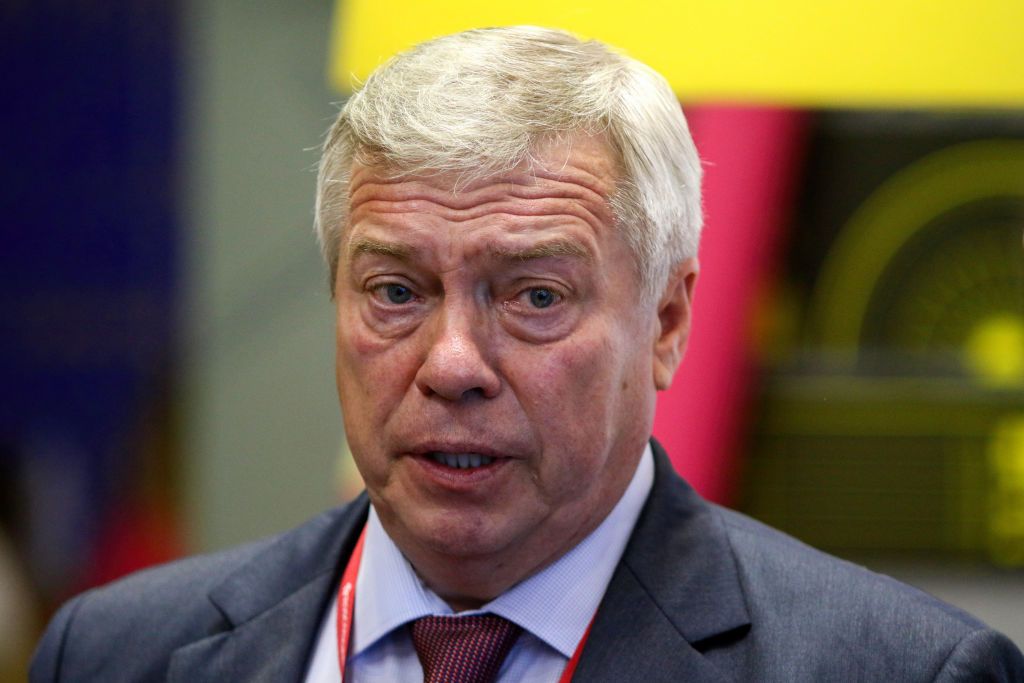In a significant escalation of conflict, Ukraine launched an attack on Russian drone production facilities located in the Tatarstan Republic, approximately 1,300 kilometers away from the border. The attack took place overnight on April 2, targeting facilities in the cities of Yelabuga and Nizhnekamsk. This marked the first time Ukraine had struck facilities in Tatarstan, a region known for its significant military and industrial presence. Tatarstan Head Rustam Minnikhanov confirmed the attack, stating that the facilities had been damaged but there were no casualties reported. The strike demonstrated Ukraine’s ability to reach far into Russian territory and disrupt key military infrastructure.
The attack on the Russian drone factory in Tatarstan represents a significant development in the ongoing conflict between Ukraine and Russia. By targeting facilities responsible for producing drones used in the conflict, Ukraine has shown its capability to conduct long-range precision strikes deep within Russian territory. The incident highlights the evolving nature of modern warfare, where unmanned aerial vehicles play a crucial role in reconnaissance and combat operations. The attack also underscores Ukraine’s determination to defend its sovereignty and push back against Russian aggression, even at great distances from its own borders.
The decision to target the drone production facilities in Tatarstan is likely part of Ukraine’s strategy to disrupt the Russian military’s capabilities and minimize the threat posed by unmanned aerial vehicles. By hitting key manufacturing sites, Ukraine aims to weaken Russia’s supply chain for drones and reduce their operational effectiveness in the conflict. Additionally, the attack sends a clear message to Russia that Ukraine possesses the capability and willingness to strike deep into its territory in response to aggression. This demonstrates Ukraine’s resolve to defend itself against external threats and assert its sovereignty.
The strike on the Russian drone factory in Tatarstan is likely to have broader implications for the conflict in Ukraine and the region as a whole. The attack may prompt Russia to enhance its air defense capabilities and bolster security measures around critical military installations to prevent similar incidents in the future. It could also lead to increased tensions between the two countries and escalate the conflict further. The international community will be closely monitoring the situation and assessing the ramifications of the attack on regional stability and security dynamics.
The attack on the Russian drone production facilities in Tatarstan underscores the challenges and complexities of the conflict between Ukraine and Russia. As both sides continue to engage in military operations and strategic maneuvers, the risk of further escalation remains high. The use of unmanned aerial vehicles in warfare poses new challenges and threats that require sophisticated defense mechanisms and strategic responses. The incident highlights the importance of international diplomacy and conflict resolution efforts to de-escalate tensions and promote peace in the region.
Overall, the attack on the Russian drone factory in Tatarstan serves as a stark reminder of the volatile and unpredictable nature of the conflict between Ukraine and Russia. It demonstrates the strategic capabilities and determination of both sides to pursue their interests and defend their territories. As the situation continues to unfold, it is crucial for all parties involved to prioritize dialogue, negotiation, and peaceful resolution of disputes in order to prevent further violence and instability. The international community plays a vital role in supporting diplomatic efforts and fostering peace and stability in the region.


